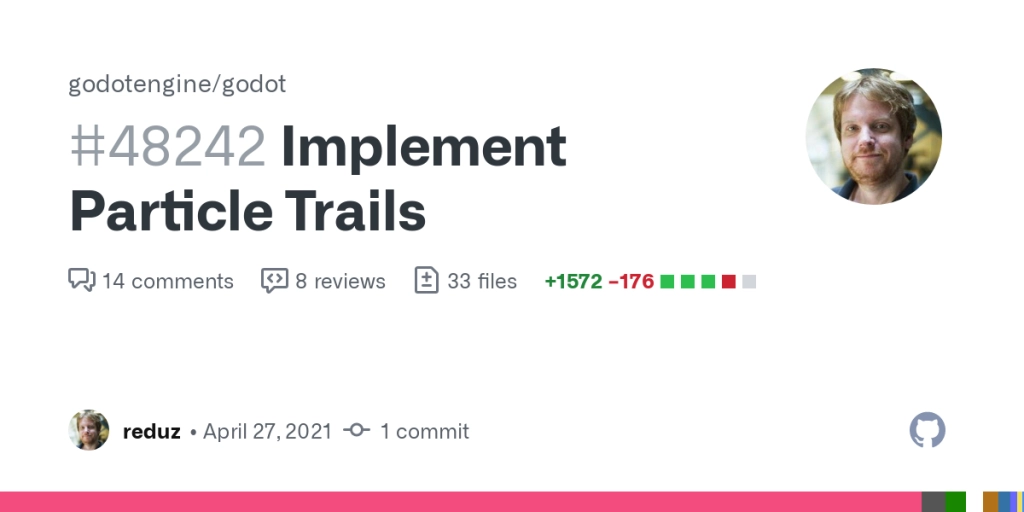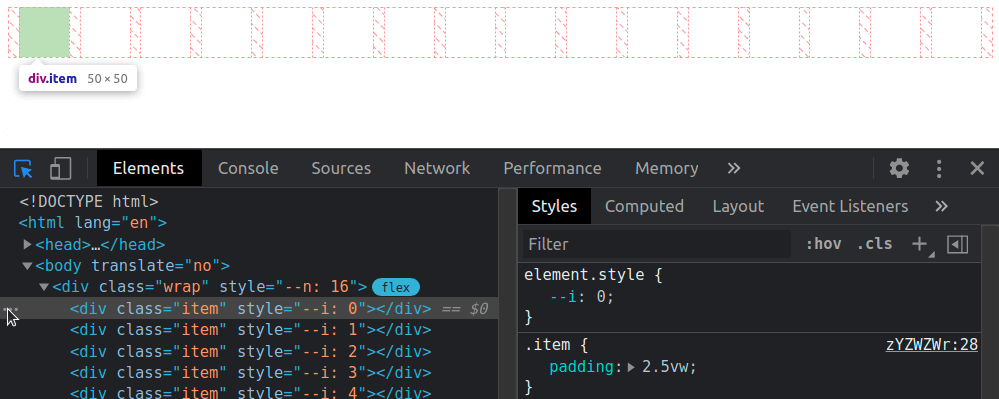Looks like it was almost 9 years ago when Airbnb first published their JavaScript Style Guide. 112k stars on GitHub later, it seems like the de facto preset for Babel / ES Lint. But it’s not the only company out there with public ES Lint setups. Katy recently shared Mapbox’s setup.
ESLint plugins will help keep your code consistent and improve the quality, but they are also excellent teaching tools. When I come across a plugin, I take joy in reading each rule to learn the benefits of enabling or disabling it.
Katy DeCorah, “A shared ESLint configuration”
Sophisticated linting as-you-author is one of those things that has really upped the game of development over the years.
Direct Link to Article — Permalink
The post A Shared ESLint Configuration appeared first on CSS-Tricks. You can support CSS-Tricks by being an MVP Supporter.
source https://katydecorah.com/code/eslint-config/

























